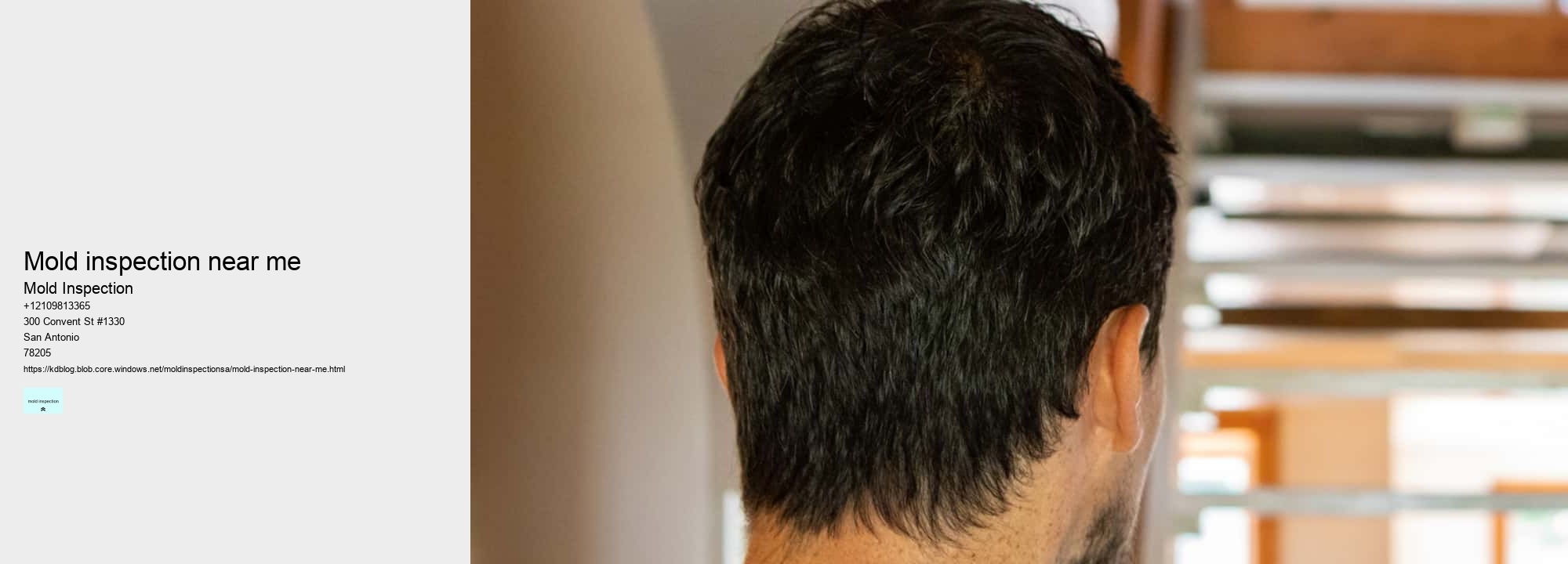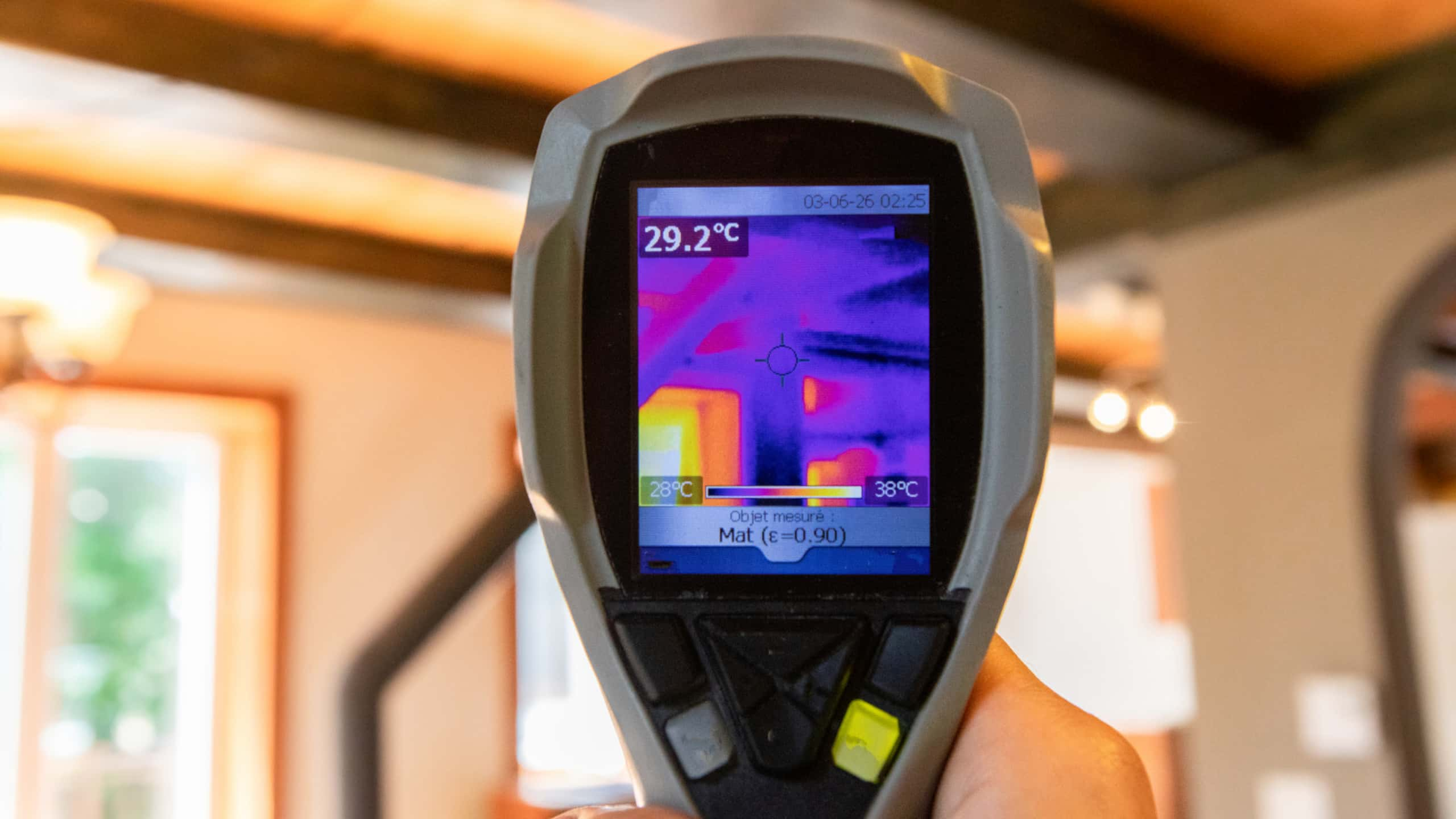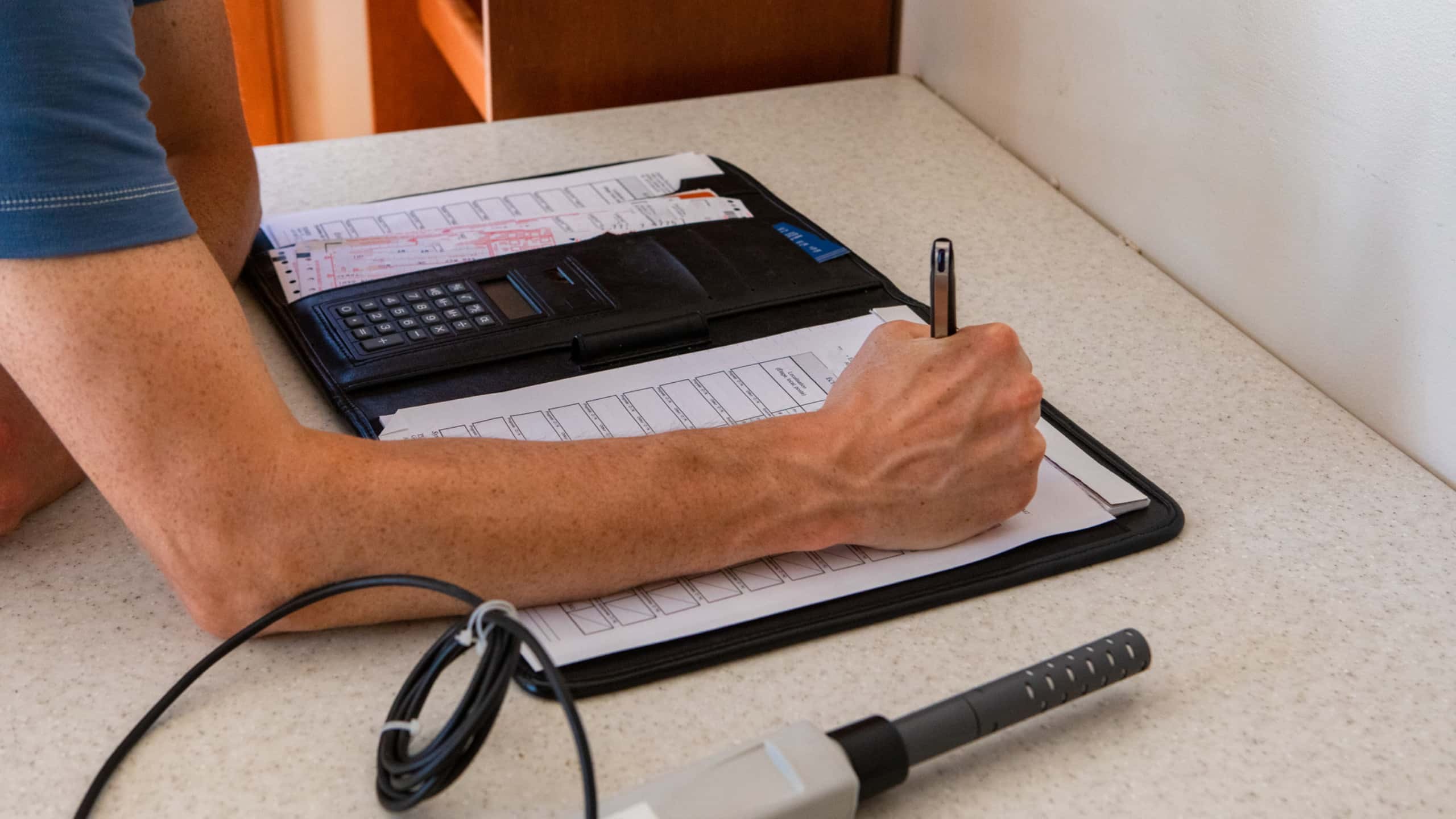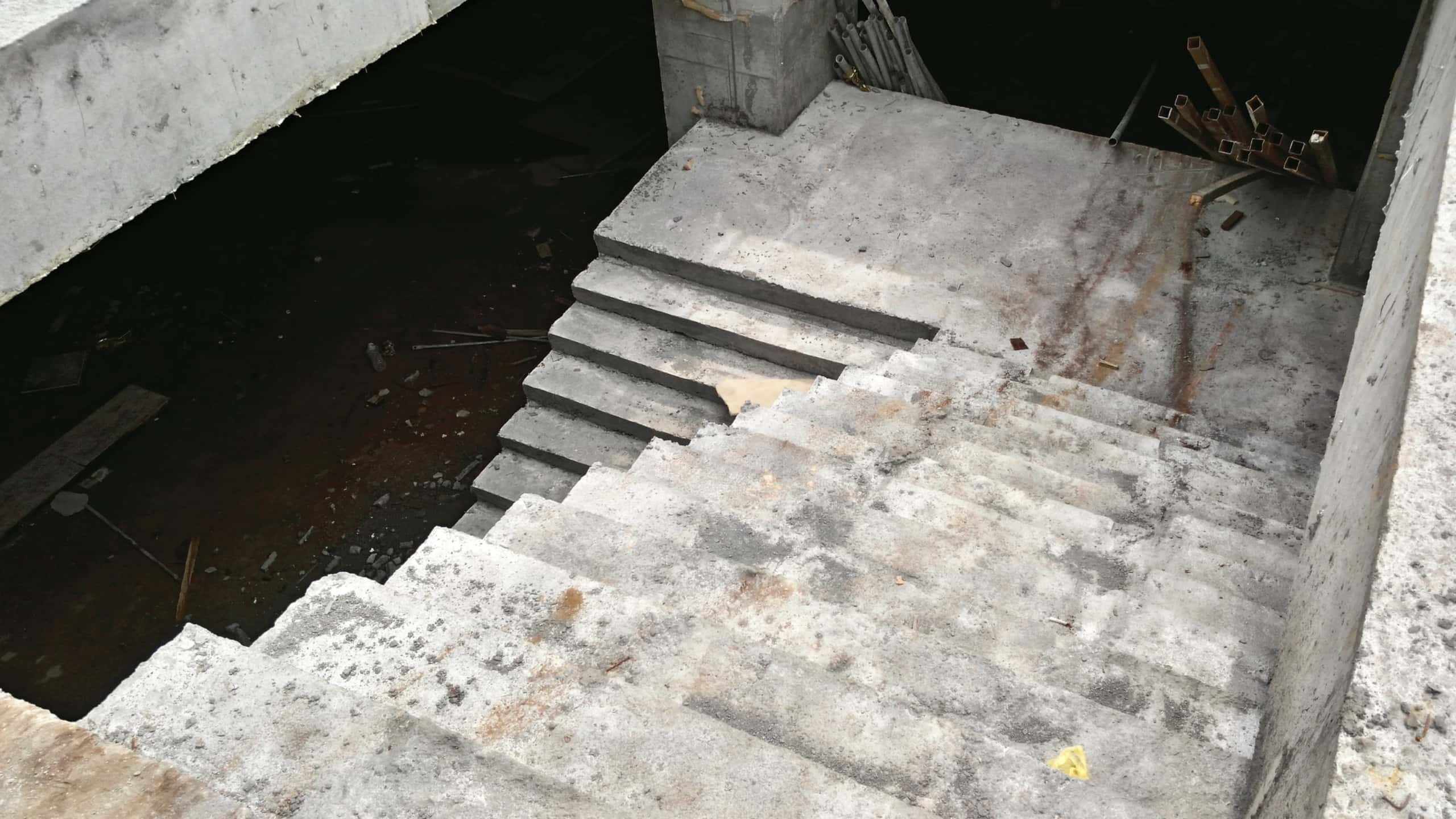






Mold is an issue that many homeowners face(,) and it can be tough to get rid of! It's important to know how to remove mold properly from your home, so you don't just mask the problem. The first step in removin' mold is identifying the source of moisture. Moisture can come from leaking pipes, water damage from storms or floods, or high humidity levels. Once you've located the source of moisture, the next step is getting rid of the mold itself.
Mold can be very dangerous, and yet many people don't realize how quickly it can make you sick! It's not uncommon for people to think that mold is just an eyesore, but in reality it can have serious consequences. (In fact,) if left unchecked, the effects of mold exposure can start to show within 24 hours.
The first step to avoiding sickness from mold is recognizing the signs. Some common symptoms include coughing and sneezing, headaches, watery eyes, and even chest tightness. If you experience any of these symptoms after entering a room with visible mold, then you should leave immediately and seek medical advice.
Another way to prevent getting sick from mold is to take proactive steps. This includes regularly checking your home or workplace for any signs of moisture or leaks as well as ensuring proper ventilation so that there isn't too much humidity in the air. Additionally, consider investing in a dehumidifier which will reduce the chance of having excess moisture in your space which could lead to the growth of mold spores.
Mold experts can detect mold in various ways! It is not always easy to spot, but there are some things they look for. First, (they) may use a moisture meter to check the humidity levels of a room or area. If it is too high, then there could be a chance of mold growth. They also look for any visible signs like discoloration, stains, or musty odors that may indicate a problem. Lastly, they may take air samples from the space to test for spores in the air-- this confirms if there is an infestation present.
Another way specialists locate the source of mold contamination is by inspecting walls and other surfaces with flashlights and magnifying glasses to identify possible colonies. Additionally, they will check insulation and ventilation systems as these can provide places where mold likes to grow due to their damp environments. They also observe whether water leakage has occurred recently which can cause dampness and lead to mold growth quickly.
Overall, detecting mold takes precise knowledge and experience as well as special tools and techniques! To ensure accuracy in results, it's best to hire a professional who knows what they're doing! After all, prevention is key when it comes to dealing with this pesky problem!
Besides detection methods, there are also preventative measures one should take into consideration such as keeping homes dry by using dehumidifiers or checking roofing for leaks regularly. Furthermore, regular cleaning and maintenance of homes helps reduce the likelihood of mold growing again in the future! With all these steps taken together we can help fight against this unpleasant threat effectively and efficiently!
It can take as little as one day (or even less!) to become ill from mold exposure. It depends on the type of mold and how much you're exposed to. It is possible to get sick quickly, or it could take weeks! The key thing to remember is that there is no one-size-fits-all answer here. Everyone responds differently to mold exposure, so it's important not to get too alarmed if you don't feel any symptoms right away.
However, it's still a good idea to limit your exposure and be mindful of potential health risks. Some people may experience more severe reactions than others, so it's important to pay attention and act quickly if you start feeling unwell. Besides physical illness, long-term mold exposure can also cause mental distress such as depression and anxiety - both of which can have a serious impact on quality of life!